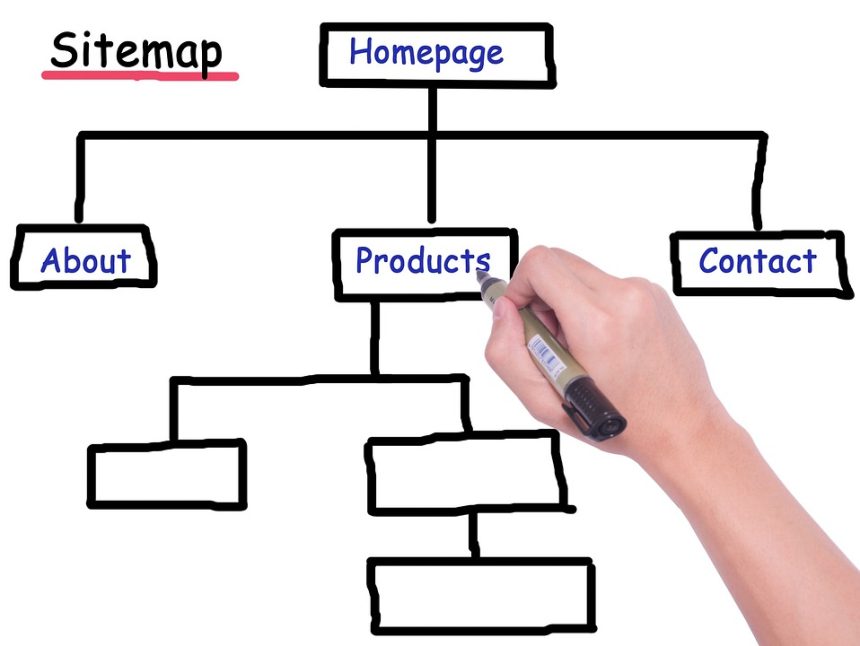In today’s fast-paced web development landscape, maintaining high-quality code while accelerating the deployment process has become crucial. With teams under increasing pressure to continually deliver new features and updates, the traditional methods of manual testing and deployment are often insufficient. This is where automated testing and Continuous Integration (CI) bring transformative benefits. By integrating tools like Jenkins, CircleCI, and Selenium into your workflow, you can enhance code quality, minimize bugs, and streamline your deployment processes.
What is Automated Testing?
Automated testing refers to the use of specialized tools to execute pre-scripted tests on software applications before launch. The goal is to identify and resolve bugs before the software is in the hands of users. This process not only saves time compared to manual testing but also enables teams to run an extensive suite of tests more consistently.
What is Continuous Integration (CI)?
Continuous Integration is the practice of merging code changes into a central repository frequently, followed by automated builds and tests. By implementing CI, developers can identify issues early and ensure that the codebase remains stable and reliable. This practice reduces the complexity of testing new features and allows teams to work more collaboratively.
The Benefits of Automated Testing and CI in Web Development
-
Improved Code Quality: Automated tests catch bugs and regressions before they reach production, ensuring that the code meets quality standards. This practice leads to a more reliable software product and a better experience for end users.
-
Faster Feedback: Automated testing integrated into the CI workflow provides immediate feedback to developers. Instead of waiting until the end of a development cycle to find issues, developers can quickly address problems as they arise.
-
Streamlined Deployments: CI/CD tools automate the deployment process, allowing for consistent and reliable releases. This allows teams to deploy multiple times a day without fear of breaking the application.
-
Increased Collaboration: With CI, team members can work together more effectively, knowing that their changes will be automatically tested. This promotes a culture of shared responsibility in maintaining code quality.
- Reduced Costs: By identifying issues early and automating repetitive tasks, teams save both time and money. Fixing bugs early in development is far less costly than addressing them after deployment.
Essential Tools for Automated Testing and CI
Jenkins: The Versatile CI Champion
Jenkins is one of the most popular open-source automation tools. Its flexibility allows teams to configure it to meet their specific needs, integrating with a wide array of plugins. Jenkins supports various stages of the CI process, including building, testing, and deploying applications. Developers can set up Jenkins to automatically trigger tests whenever code is pushed to the repository, ensuring that any issues are caught promptly.
CircleCI: Efficient Cloud-Based Solution
CircleCI excels in providing a modern, cloud-based CI/CD service that is easy to set up and manage. It allows teams to run builds and tests in parallel, reducing the time it takes to get feedback on code changes. With its integration capabilities, CircleCI seamlessly connects with various version control systems, making it a fantastic choice for teams looking to accelerate their development lifecycle.
Selenium: Leading Automated Testing Framework
Selenium is a powerful tool for automated web application testing. It allows developers to write tests in several programming languages and supports multiple browsers. Automated UI testing with Selenium helps ensure that the application behaves as expected, covering both functional and regression tests. By integrating Selenium into the CI pipeline, teams can ensure their web applications consistently provide the intended user experience.
Conclusion
As web development continues to evolve, the importance of automated testing and Continuous Integration cannot be overstated. These practices empower development teams to produce high-quality code, shorten release cycles, and maintain a stable product environment. With tools like Jenkins, CircleCI, and Selenium at your disposal, you can enhance your development workflow and ensure that your projects thrive in today’s competitive landscape. Invest in automation and integration today to set your team up for a successful, efficient future in web development!



